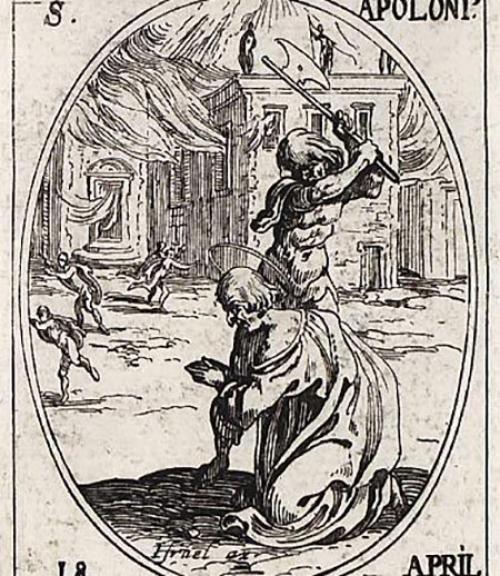
 Department Homepage
The College of Arts & Sciences
Department Homepage
The College of Arts & Sciences
Christian martyrdom narratives explored in Medieval Studies talk
In a Medieval Studies Brown Bag Lunch, Eric Rebillard discussed his recent book, “Greek and Latin Narratives about the Ancient Martyrs,” a collection of texts that describe the martyrdom of Christians executed before A.D. 260.




